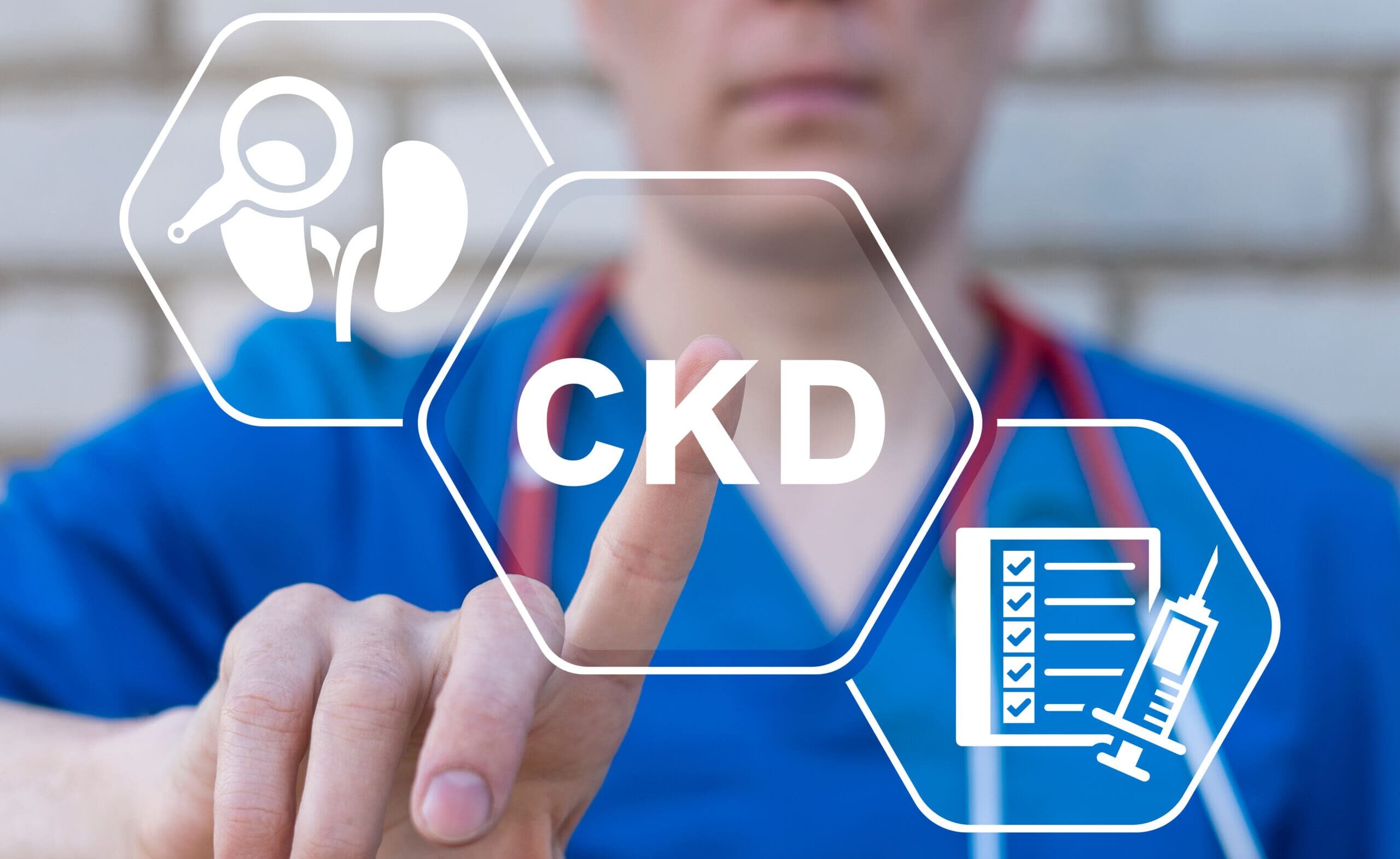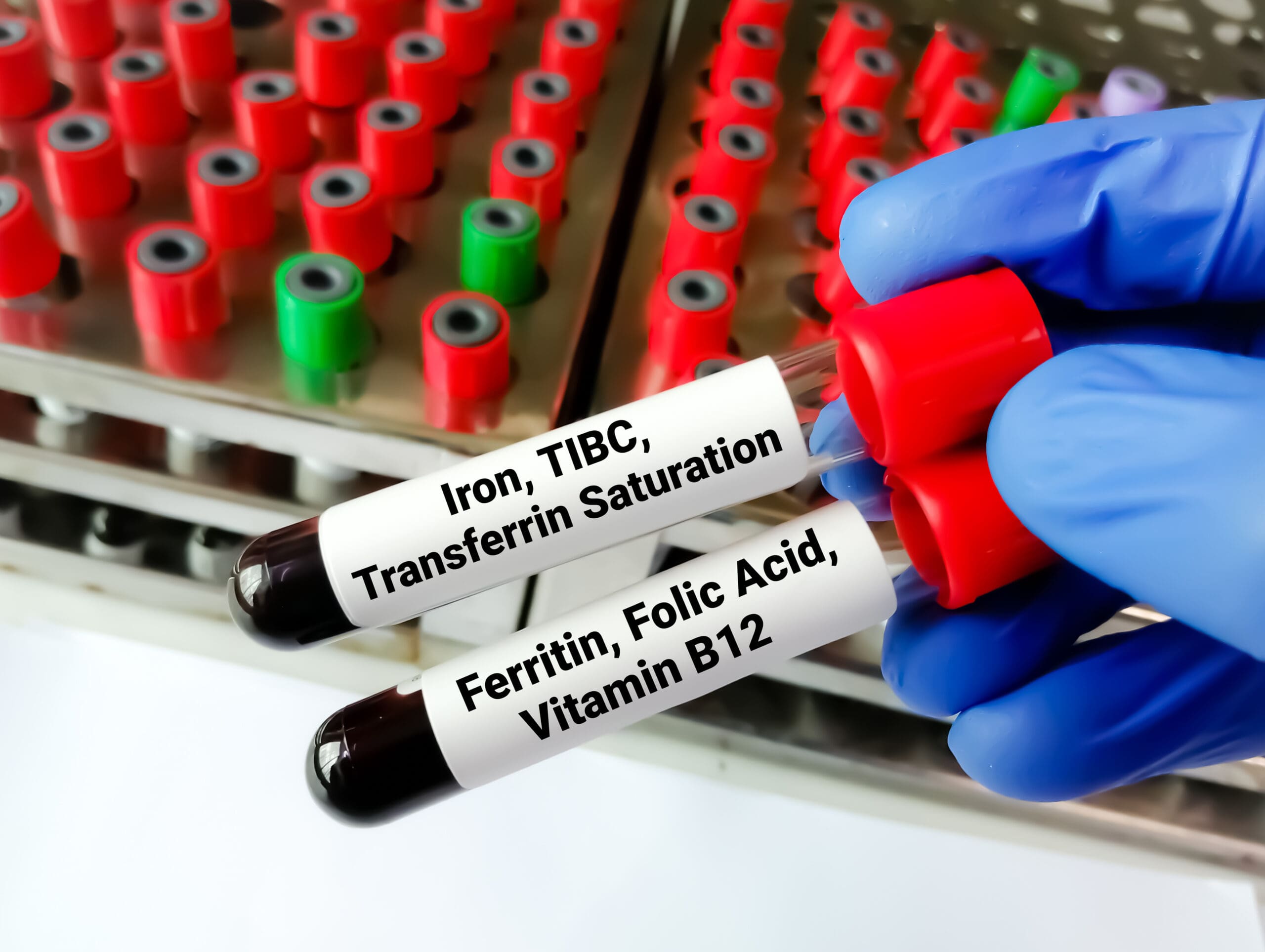The frightening link between diabetes and liver disease
By naturopath Margaret Jasinska
Did you know that type 2 diabetics are 50% more likely to develop liver disease? Particularly fatty liver disease.
Fatty liver disease is incredibly common in overweight people; nearly everyone with excess weight on their abdomen has some degree of fatty liver. Type 2 diabetics are prone to carrying excess weight on their abdomen, but even slim diabetics often have a fatty liver. This is because they are insulin resistant and their liver manufactures excess fat.
It is well known that diabetes increases the risk of kidney disease, nerve damage, blood vessel damage, infections, blindness, erectile problems and heart disease, but you may not realise diabetes has terrible effects on the liver. You can’t see or feel the effects it’s having on your liver until liver cells become damaged.
According to Gillian Booth, MD, MSc, of St. Michael’s Hospital in Toronto, in a population-based study, newly diagnosed diabetes was linked with a near doubling in the rate of cirrhosis, liver failure or liver transplant compared with non-diabetics. Clearly these are significant findings that should be taken seriously.
Insulin resistance (syndrome X) is the driving force behind the development of fatty liver. Insulin resistance is a forerunner to type 2 diabetes. If the insulin resistance becomes severe enough, a person usually develops type 2 diabetes. Type 1 diabetes usually develops in childhood, although by the time they are in their mid 30s, most type 1 diabetics have developed insulin resistance as well, and they face the same risks as type 2 diabetics when they get older.
People with insulin resistance have high levels of insulin in their bloodstream. Insulin signals to your liver to manufacture fat, especially triglycerides and cholesterol. This promotes the accumulation of fat inside the liver, inside other organs, inside arteries and as general body fat stores. As insulin levels become higher and higher, insulin loses its ability to control blood sugar. Therefore the blood sugar level creeps upwards, eventually getting high enough to qualify as diabetes.
Whenever you eat carbohydrate containing foods, your body digests them and breaks them down into simple sugars, including glucose. All foods contain some carbohydrate except animal protein such as meat, fish, poultry, eggs as well as pure fat like oil and lard. Glucose isn’t of much use to you in your bloodstream; you need it inside your cells where it can be used for energy. It is the job of insulin to transport the glucose from your bloodstream into your cells.
People with insulin resistance lose the ability to do that, therefore they crave foods high in carbohydrate (such as sugar, bread, pasta) and feel weak, hungry or irritable if they don’t eat these foods regularly. Because their body cannot use carbohydrate efficiently for energy, these carbohydrate rich foods are converted into fat instead. The vast majority of diabetics have a fatty liver. You do not need to be overweight to have a fatty liver; the condition is very common in slim people.
If you have diabetes, you are probably well aware that you require regular blood tests to check on the health of your kidneys and your heart. You probably have regular eye exams and foot examinations; however it is not standard practice to offer diabetics liver exams.
The authors of this study recommend that every diabetic has a blood test and ultrasound to check on the health of their liver annually. The blood test would check the levels of liver enzymes (to test for inflammation and damage to liver cells) and the ultrasound would check for the presence of fat accumulation. A CT scan and liver biopsy may be required in cases of advanced liver disease.


What you can do to protect your liver
Firstly it is important to realise that the closer you are to a healthy body weight, and the closer to normal your blood sugar level is, the better the health of your liver. Diabetes promotes abdominal weight gain, and this is the most dangerous body part to store excess fat. Fat doesn’t just sit under your skin; it actually gets inside your abdominal cavity, in amongst your organs and then starts to infiltrate various organs such as the liver and pancreas.
Our book called Diabetes Type 2: You can reverse it Naturally contains a lower carbohydrate, higher protein eating plan specifically designed for diabetics.
Other recommendations to protect your liver
- Avoid sugar and flour and the foods and drinks that contain them. Also avoid vegetable oil and every food that contains it. Safe vegetable oil to consume is cold pressed olive oil, cold pressed macadamia nut or avocado oil and organic coconut oil. In experiments done on rats, when they are fed sugar and vegetable oil, they develop a fatty liver. Avoid cottonseed oil, as it is particularly toxic to the liver. Many cafes cook food in cottonseed oil.
- Increase your intake of vegetables, particularly raw vegetables. Your liver desperately needs the antioxidants, vitamins and minerals found abundantly in these foods. Most people eat nowhere near enough vegetables. Ideally you would have seven serves of vegetables per day; a serve is half a cup of chopped vegetables, or one cup of leafy vegetables. Adding a raw vegetable juice to your day will give you even more benefits. You will find juice recipes for the liver and for diabetes in the book Raw Juices Can Save Your Life.
- Reduce your consumption of alcohol. If you are overweight and have a mild fatty liver, alcohol will speed the progression of fatty liver and greatly increase the risk of cirrhosis.
- Exercise regularly. Exercise helps your body to burn fat from the areas you can see, such as your thighs and triceps, but also helps to clear fat from areas you can’t see, such as your liver, arteries and other organs.
- There are specific herbs and nutrients that can enable you to have better blood sugar control and make it easier to reverse a fatty liver. Contact us if you would like more information.
Source: Porepa L, et al. Newly diagnosed diabetes mellitus as a risk factor for serious liver disease. CMAJ 2010









Leave A Comment